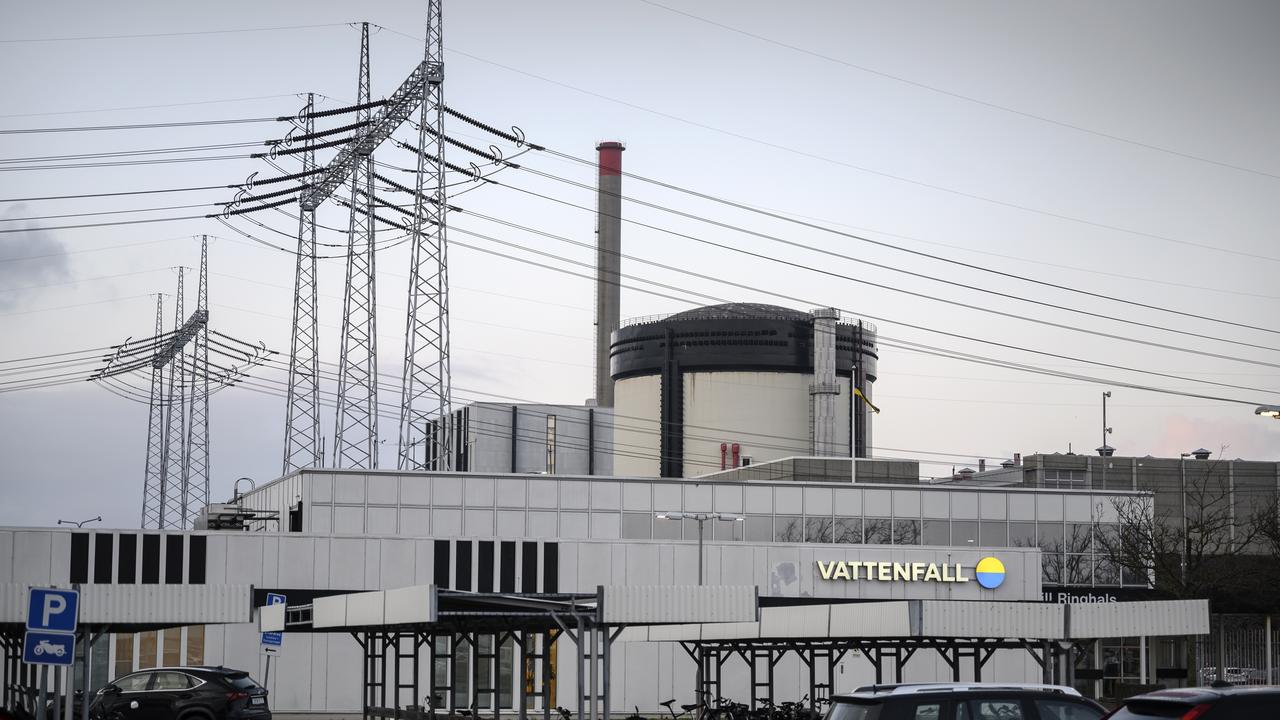While the start-up of unit 4 of Sweden’s Ringhals NPP is ongoing, power generation from the unit is not now expected to start until 1 April, according to plant owner/operator Vattenfall. The plant was previously scheduled to begin operation on 26 March following an outage of more than seven months for repairs.
Vattenfall said: “In connection with increased pressure and temperature in the during the start-up process, a leakage occurred from a small valve in a chemical sampling tube. The sampling tube is adjacent to the reactor, so it must be switched off for the valve to be repaired. This will take a few extra days. The leak has no safety impact.” The company added: “At Ringhals, safety always comes first: systems and components are tested extra carefully after a longer downtime so that we can feel confident that we are operating a safe and stable plant.”
The 1300 MWe pressurised water reactor was stopped for annual routine maintenance in August 2022, but was not able to restart after the reactor pressure vessel (RPV) was damaged during tests. Vattenfall had initially expected the repairs to be completed by November. However, the restart date was pushed back to January and then to February.
The replacement of the damaged RPV proved complicated with some 100 Ringhals employees involved in developing work methods and producing special tools and spare parts. A full-scale model of the nearly 13-metre high-RPV was built to test the tools and rehearse the operation.
Following the decommissioning of several reactors in 2017-2020, including Ringhals 1&2, Sweden now has three operating NPPs with a total of six reactors (Forsmark 1-3, Oskarshamn 3, and Ringhals 3&4). Forsmark and Ringhals are operated by Vattenfall and Oskarshamn by Fortum-Eon. Together they produce around 30% of Sweden’s electricity output, according to the Swedish Radiation Safety Authority (SSM).
The delay at Ringhals 4 was widely reported in the Swedish press, with some scepticism. Dagens PS Cleantech commented: “The restart is postponed until 1 April – but is it just an April joke?”
Meanwhile, Torbjörn Wahlborg, Vattenfall's head of electricity generation Norden, has published a long article in Dagens Industri countering public pressure for the restart of Ringhals 1&2 in face of growing energy costs. “Vattenfall fully understands that electricity customers want a quick solution to the sometimes high electricity prices in southern Sweden in particular,” he said. “As the main owner of Ringhals, we can still state that it is neither a feasible nor desirable way to try to restart Ringhals 1.”
He added: “Both Ringhals 1 and Ringhals 2 are permanently shut down and an attempt to restart, if it were even possible, would both greatly delay the development of new nuclear power and make it more difficult to extend the life of the existing five reactors at Ringhals and Forsmark. An attempt to restart Ringhals 1 would take at least 6-7 years and thus also would not affect electricity prices in southern Sweden during the 2020s.”
He explained that decommissioning is already underway. “Today, components and pipe systems have been rinsed with acids to reduce radioactivity, which can negatively affect the properties of the materials. Hard-to-replace components have been removed from the systems and sold to other nuclear power plants in Belgium, among others. The reactors also do not meet modern safety requirements for independent core cooling. Simulators required for staff training have been demolished. Continued operation of Ringhals 1 could last have been taken about five years ago, but now the dismantling has gone too far and a large part of the staff has left.” He added: “Damage to the bottom plate of the reactor tank on Ringhals 2 practically makes a restart of this reactor impossible.”
He noted that Vattenfall had started a preliminary study on building small modular reactors (SMR) at Ringhals. “The feasibility study for SMR at Ringhals is expected to be completed at the end of 2023 and will examine the commercial, legal and technical conditions for building small modular reactors at Ringhals. Contacts with potential suppliers of SMR technology have been initiated, and field studies and ground investigations at Ringhals will shortly begin. If the feasibility study gives positive answers to the possibility of building new nuclear power in the area, production could start in the early 2030s.”
He said Vattenfall was also investing in upgrading its existing reactors at Forsmark with a view to increasing output from unit 1 by 100 MWe and from Forsmark 3 by up to 200 MWe. In addition, work is ongoing to review possible life extension for the Forsmark and Ringhals reactors into the 2060s.
